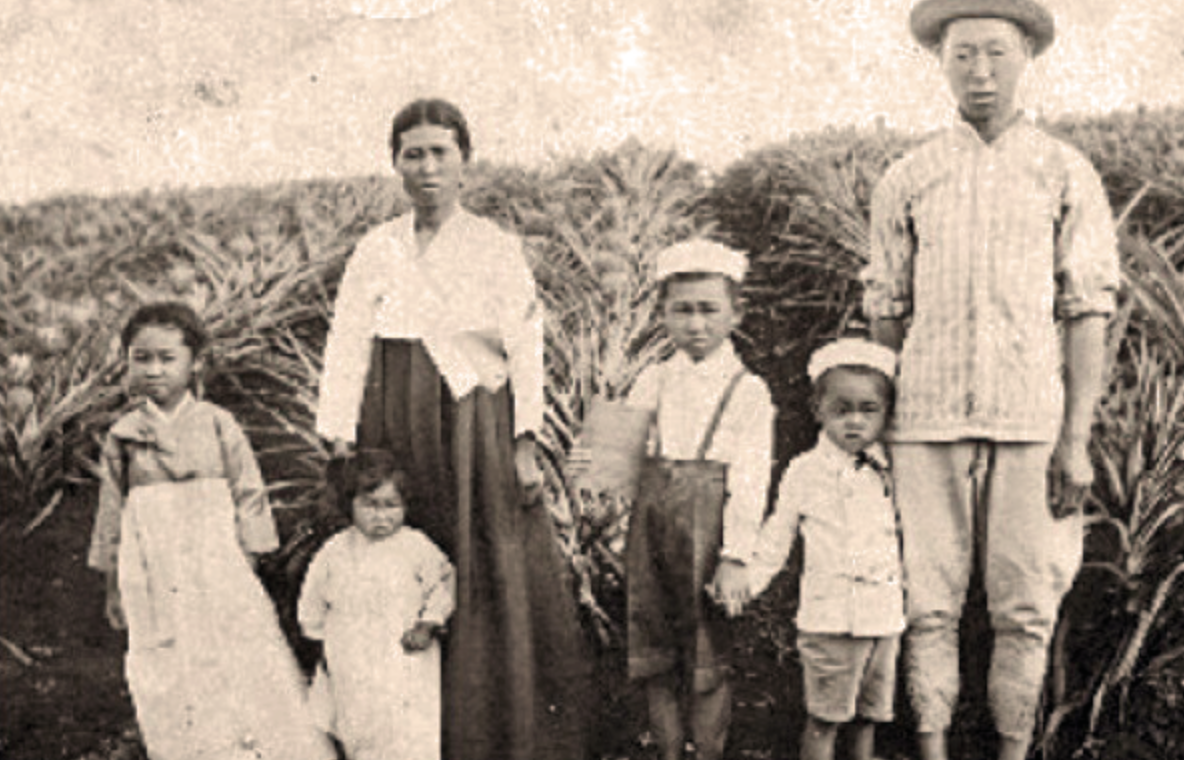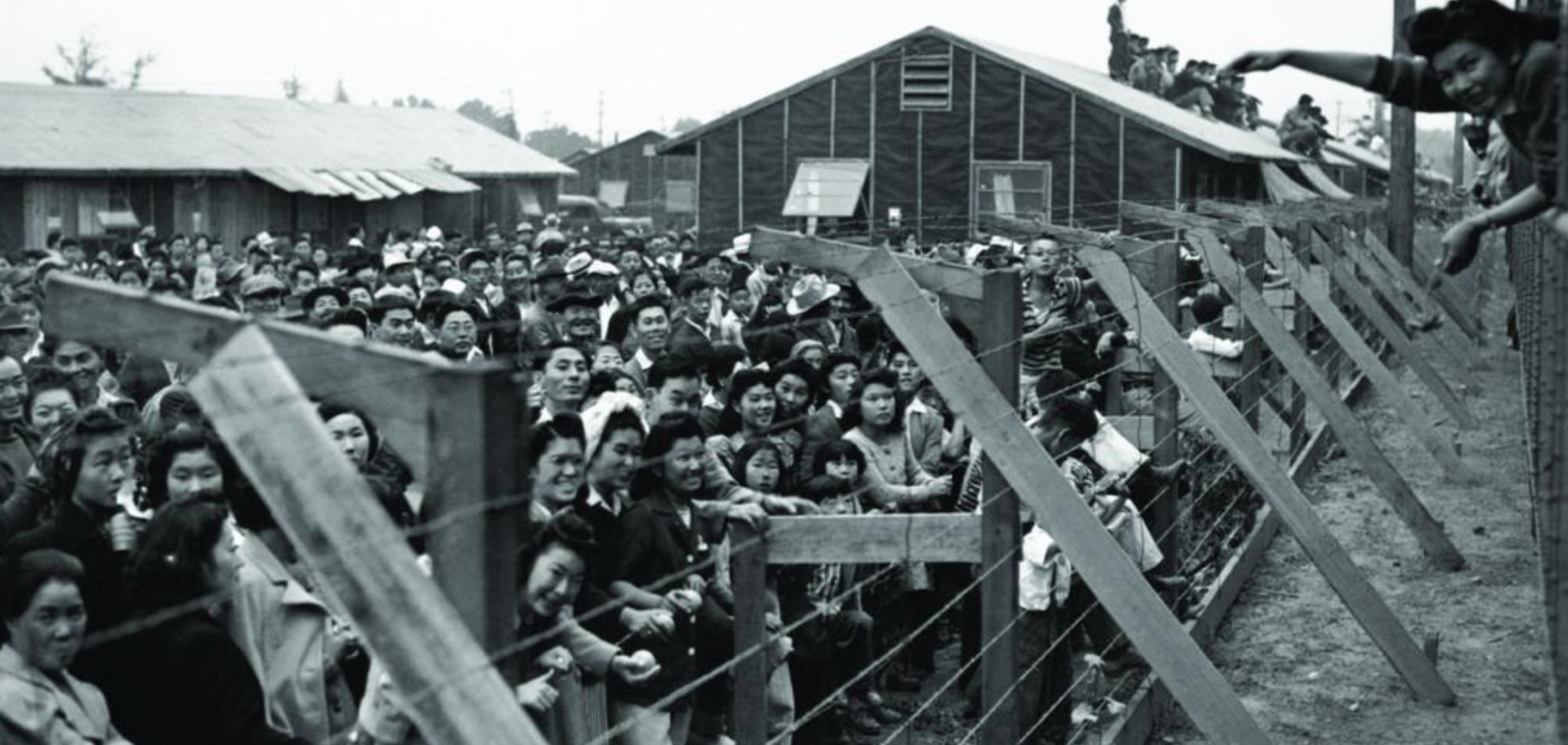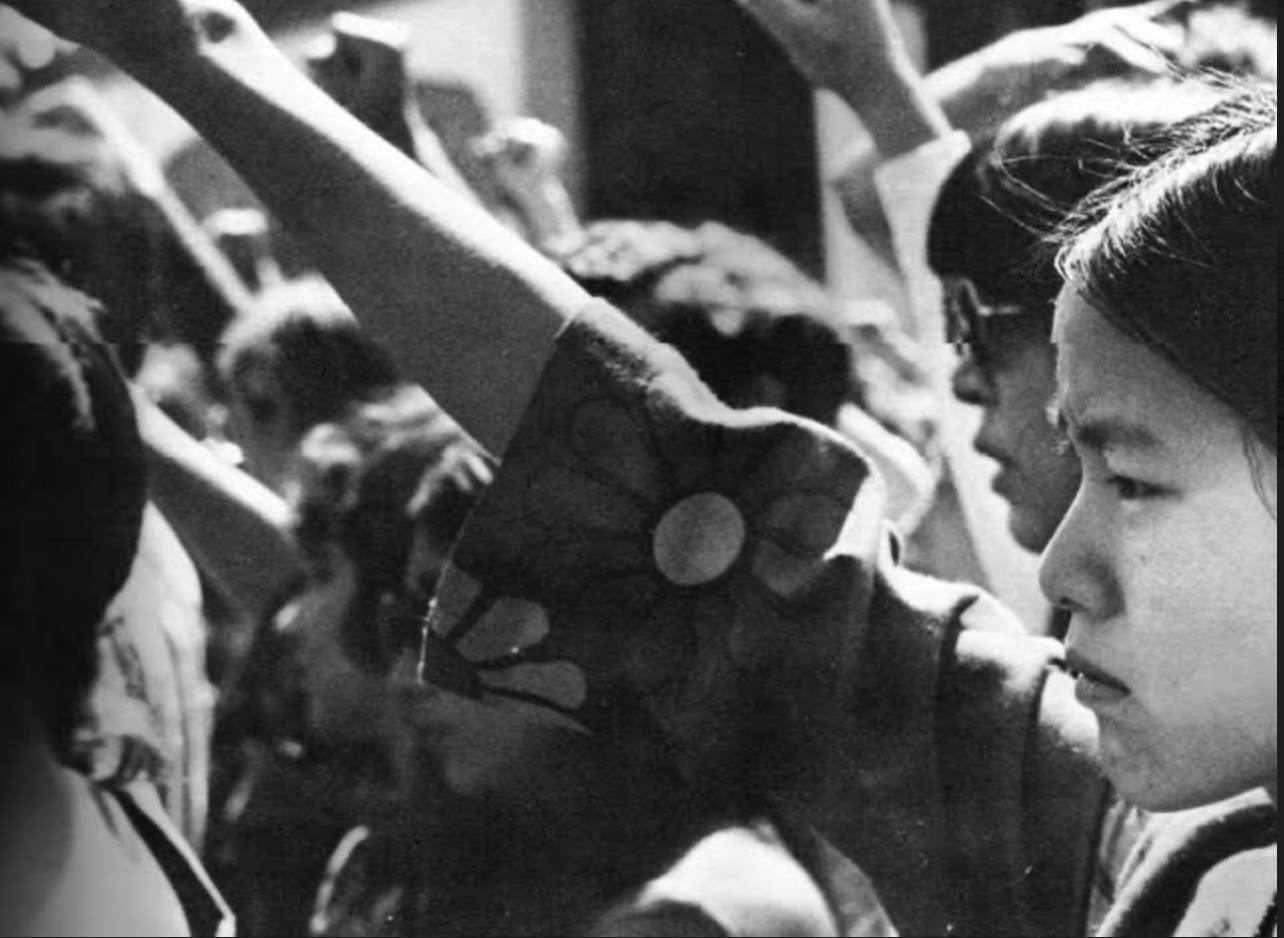APAHM: A Redemptive History
By Julie Yeeun Kim
In May we celebrate Asian Pacific American Heritage Month. At the Honor Summit, we welcome the reinvigorated interest in Asian and Pacific Islander Americans all across the country.
Contrary to popular US history and belief, people from Asia have been in the Americas for centuries. As early as the 16th century, there were Chinese settlements in Mexico and Filipino communities in present-day Louisiana in the mid 18th century, years before the USA was founded as a country.
Then in the 19th century, migrants from Asia came looking for work and livelihood in significant numbers.
(photo of Chinese gold miners in California in 1850s)
(photo of Korean family in Hawaiian plantation)
Since the beginning of these encounters, Western countries have expressed hostility toward people from Asia, and some countries like the US, Canada, and Australia went so far as to ban the entrance of migrants from Asia. Nativistic prejudice and narratives of scarcity evident in phrases like, “They’re taking our jobs” and “They’re bringing disease,” were recycled through the 19th and 20th century, making them hardly new for us today. For centuries, Asians were victims of extreme discrimination and hate in the US, including mob violence, lynchings, and unjust laws. By the early 1900s, virtually all Asians were excluded from entering the US or becoming citizens.
Asian Americans, however, did not go quietly. They remained tenacious and fought back against unjust systems, even taking their fight to the Supreme Court, as in the case of US v. Wong Kim Ark (1898), which fought to protect birthright citizenship in the US. Moreover, the social exclusion of Asian Americans resulted in the blossoming of community-based, culturally-accessible churches across the nation. Despite being formed out of a wound, Asian American Christians used this opportunity to form churches that affirmed their racial and ethnic identities and allowed them to worship God in their own languages. The oldest Asian American church, Presbyterian Church in Chinatown (San Francisco, established in 1853) celebrates its 170th year anniversary this year. APA Heritage Month is crucial because these histories are largely forgotten and unknown, even by their very descendants.
(photo of Japanese incarceration)
(Yellow Power Movement, 1970s)
Later in the 20th century, Asian Americans united with Pacific Islanders who were like distant cousins from the Pacific. Though different in many ways, the people of Asia and the Pacific Islands realized that they were engaged in a common fight against colonialism, militarism, and racism. Multiple countries in Asia and the Pacific–like the Philippines, India, Samoa, French Polynesia, Tonga–were colonized by Western nations, some for centuries. The Kingdom of Hawai’i is still under the rule of the US after being overthrown by US corporations and annexed into the US. More bombs were dropped on Korea and Vietnam individually than on all of Western Europe during WWII. Japan and the Marshall Islands were devastated by nuclear bombs dropped by the US. Thus, the experiences of the people of Asia and the Pacific Islands are linked. We are kin, even if it’s only because we experience similar trauma. For if we struggle in similar ways, then perhaps we will be restored in similar ways. Here in the US as immigrants and refugees, we continue our union as APA, Asian Pacific Americans, joined together by a common fire. On APA Heritage Month, we remember these injustices and the beauty, bounty, and resilience of our kinship.
During APA Heritage Month, we enter a time of holy memory. We confront our histories and listen to our storytellers. We mourn what we have lost and continue to hope in God’s shalom for the world. And this hope inspires us to engage injustice. We are a community formed out of pain. Yet that pain is also a calling to be in solidarity with those who mourn and to become people who advocate for God’s justice in all places.
(immigration 1965)
(Korean Methodist Church)








